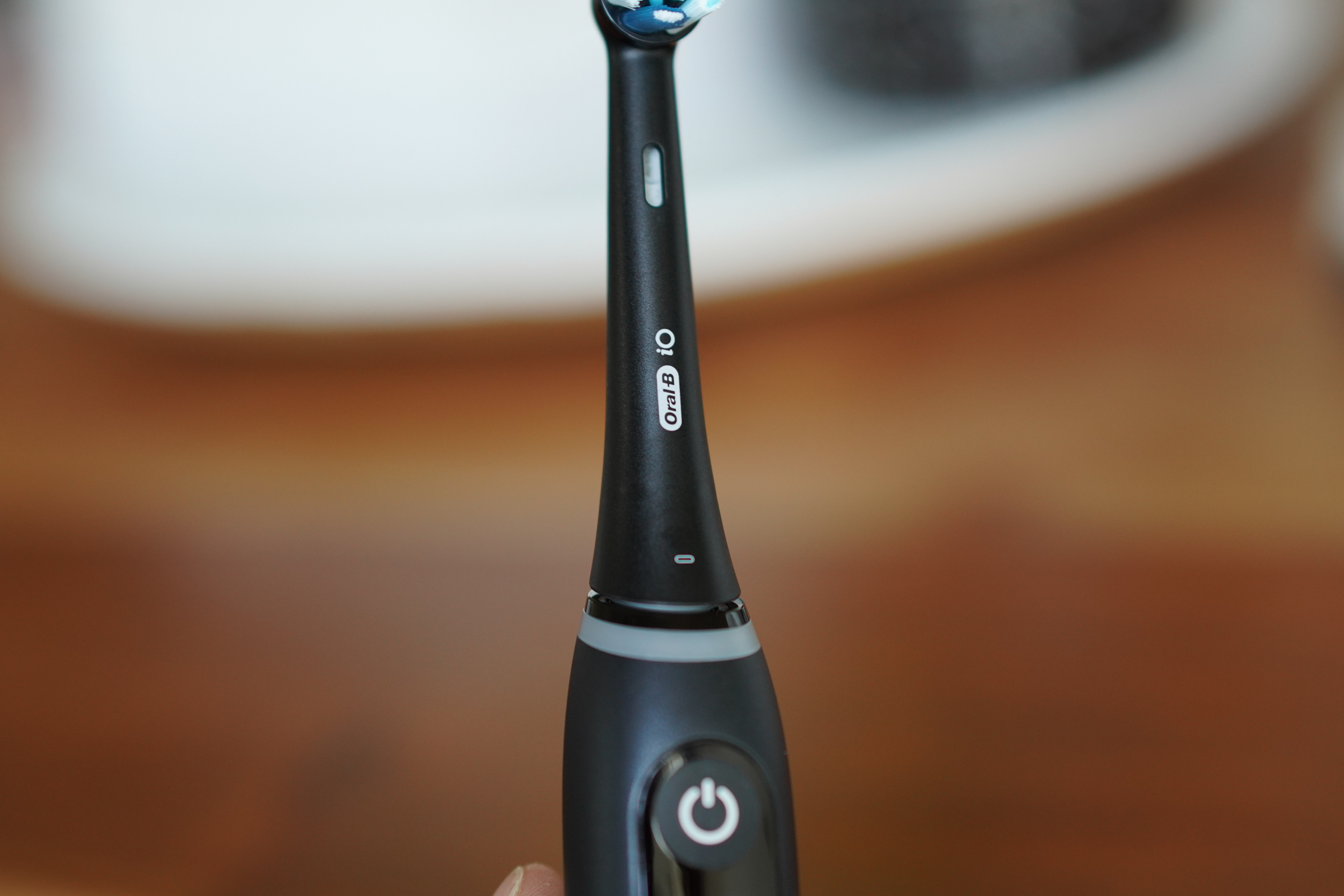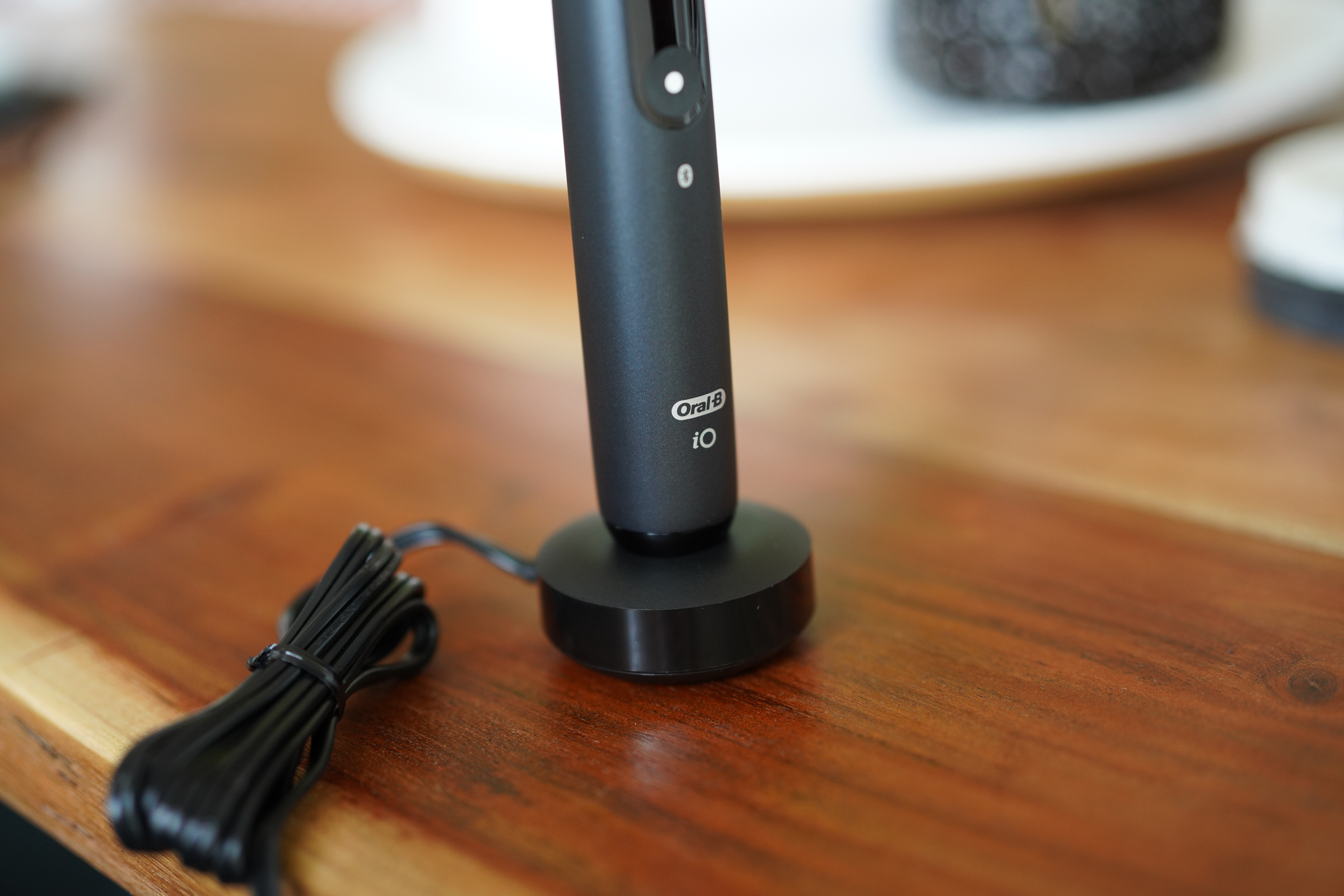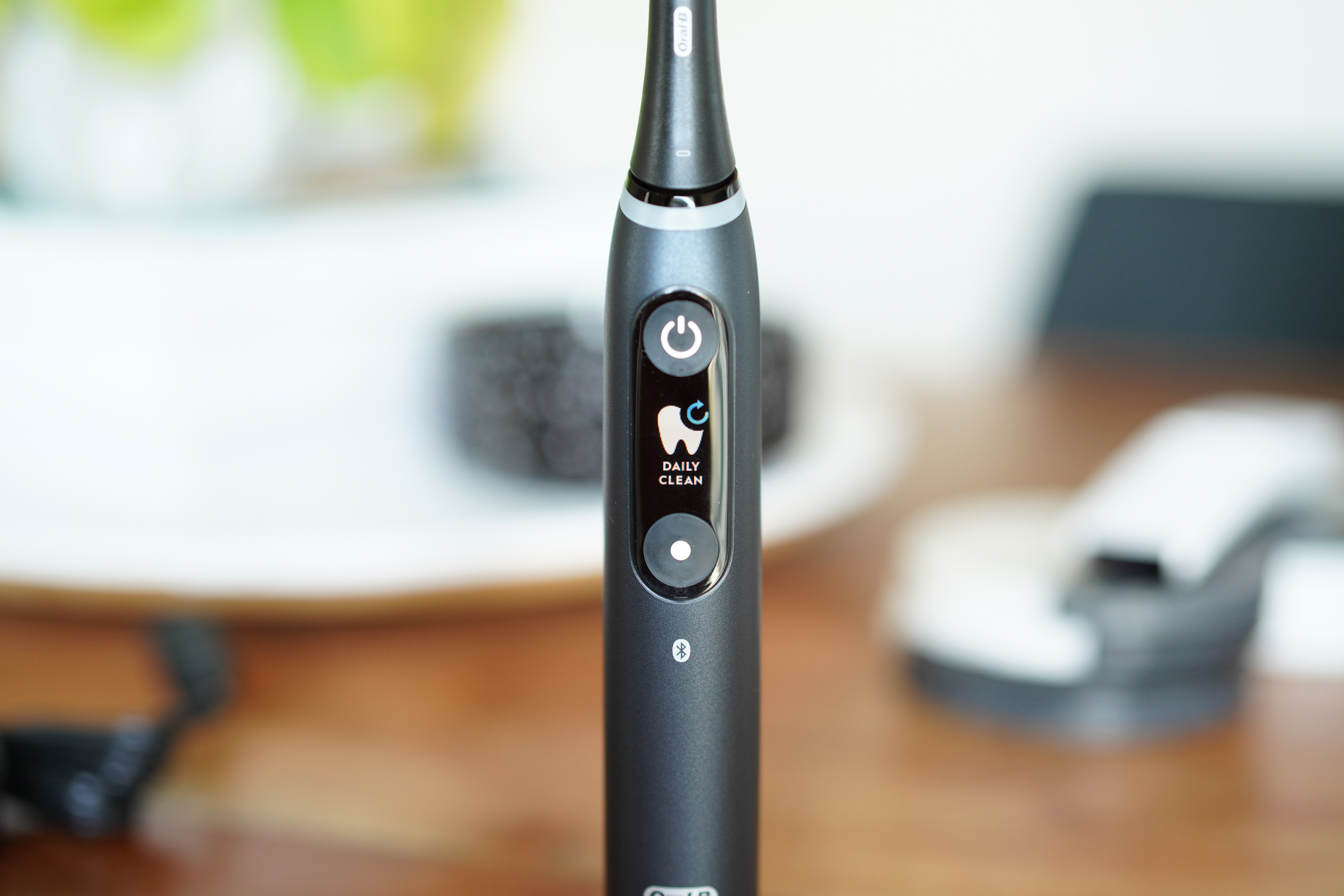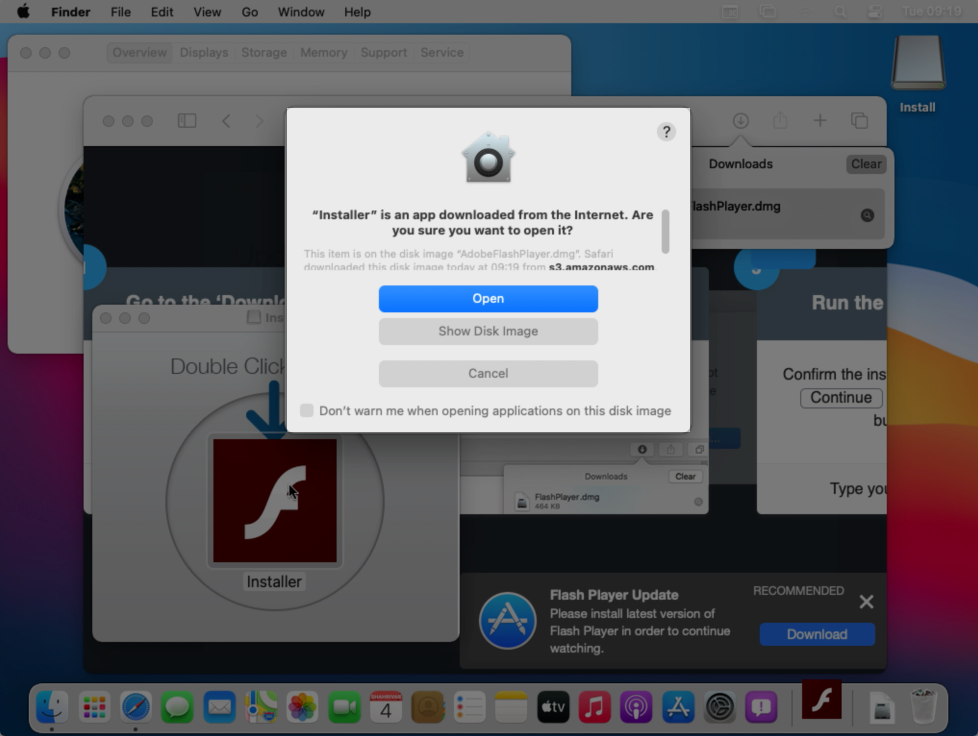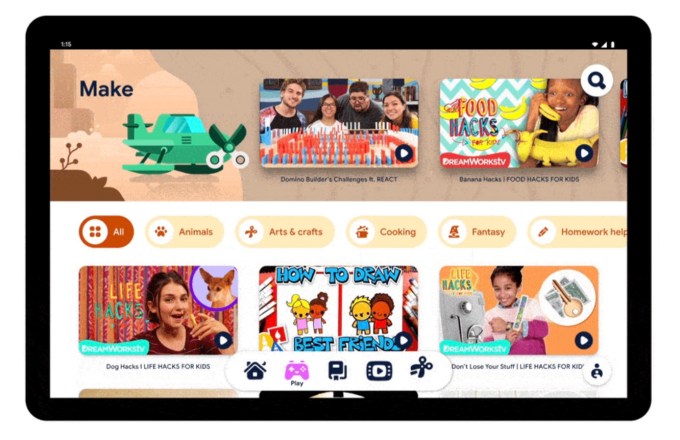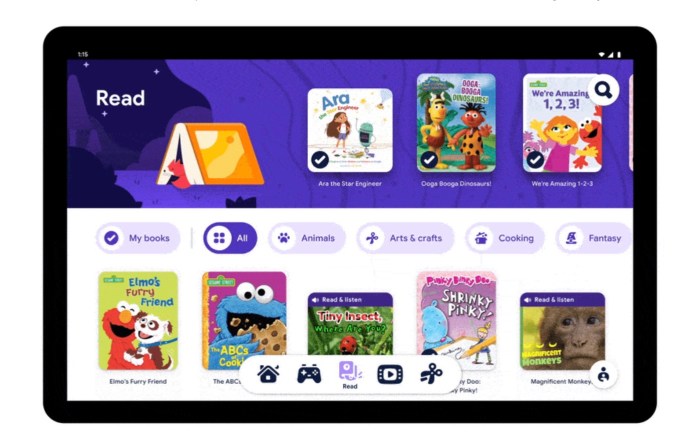Apple and Google are adding support for app-less exposure notifications, Facebook says it might block news sharing in Australia and Samsung has a new foldable phone. This is your Daily Crunch for September 1, 2020.
The big story: Apple launches ‘Exposure Notification Express’ for COVID-19
Apple and Google are introducing new tools that should make it easier for public health authorities (PHAs) to implement notifications for people who may have been exposed to COVID-19.
We’ve written before about the two companies’ efforts to create technology that supports contact-tracing efforts, but with the latest update (available today in iOS 13.7 and coming later this month in Android), users no longer need to download an app. Instead, the local PHA can send a notification about exposure notification and what it does, then the user can choose whether or not to opt-in.
Apple and Google said that 20 countries have already built apps based on their API, along with six U.S. states.
The tech giants
Facebook threatens to block news sharing in Australia as it lobbies against revenue share law — The threat is Facebook’s attempt to lobby against a government plan that will require it and Google to share revenue with regional news media.
Samsung’s new Galaxy Fold arrives September 18 for $2,000 — Brian Heater runs down Samsung’s latest foldable phone.
Netflix is making a series based on ‘The Three-Body Problem’ — The show will be executive produced and written by “Game of Thrones” showrunners David Benioff and D.B. Weiss.
Startups, funding and venture capital
Bambuser raises $45 million after shifting focus to live video shopping — Bambuser’s history goes back more than a decade, but it moved into live video shopping last year.
Sarcos raises $40 million to bring its Guardian XO exoskeleton to market — Sarcos’ technology is designed to augment an existing human workforce.
InfoSum raises $15.1 million for its privacy-first, federated approach to big data analytics — The startup has built a way for organizations to share their data with each other in a more secure and decentralized way.
Advice and analysis from Extra Crunch
Jeff Lawson on API startups, picking a market and getting dissed by VCs — The Twilio CEO told us, “The world is getting broken down into APIs.”
Your first sales hire should be a missionary, not a mercenary — Next47’s Micah Smurthwaite discusses the importance of your first sales hire.
Zoom’s Q2 report details some of the most extraordinary growth I’ve ever seen — The “I” in question is Alex Wilhelm, who delivers his daily dive into startups and markets.
(Reminder: Extra Crunch is our subscription membership program, which aims to democratize information about startups. You can sign up here.)
Everything else
Movies Anywhere officially launches its digital movie-lending feature, ‘Screen Pass’ — Screen Pass allows you to lend out one of your purchased movies to a friend or family member.
Oral-B’s iO smart toothbrush is a big upgrade in just about every way — It’s easy to make fun of the idea of a smart toothbrush, but Darrell Etherington makes it sound like this one is actually good.
Watch these 6 startups compete in Pitchers & Pitches tomorrow — It’s a rapid-fire pitch competition with a hefty side of advice.
The Daily Crunch is TechCrunch’s roundup of our biggest and most important stories. If you’d like to get this delivered to your inbox every day at around 3pm Pacific, you can subscribe here.
from Apple – TechCrunch https://ift.tt/3bg9jpX

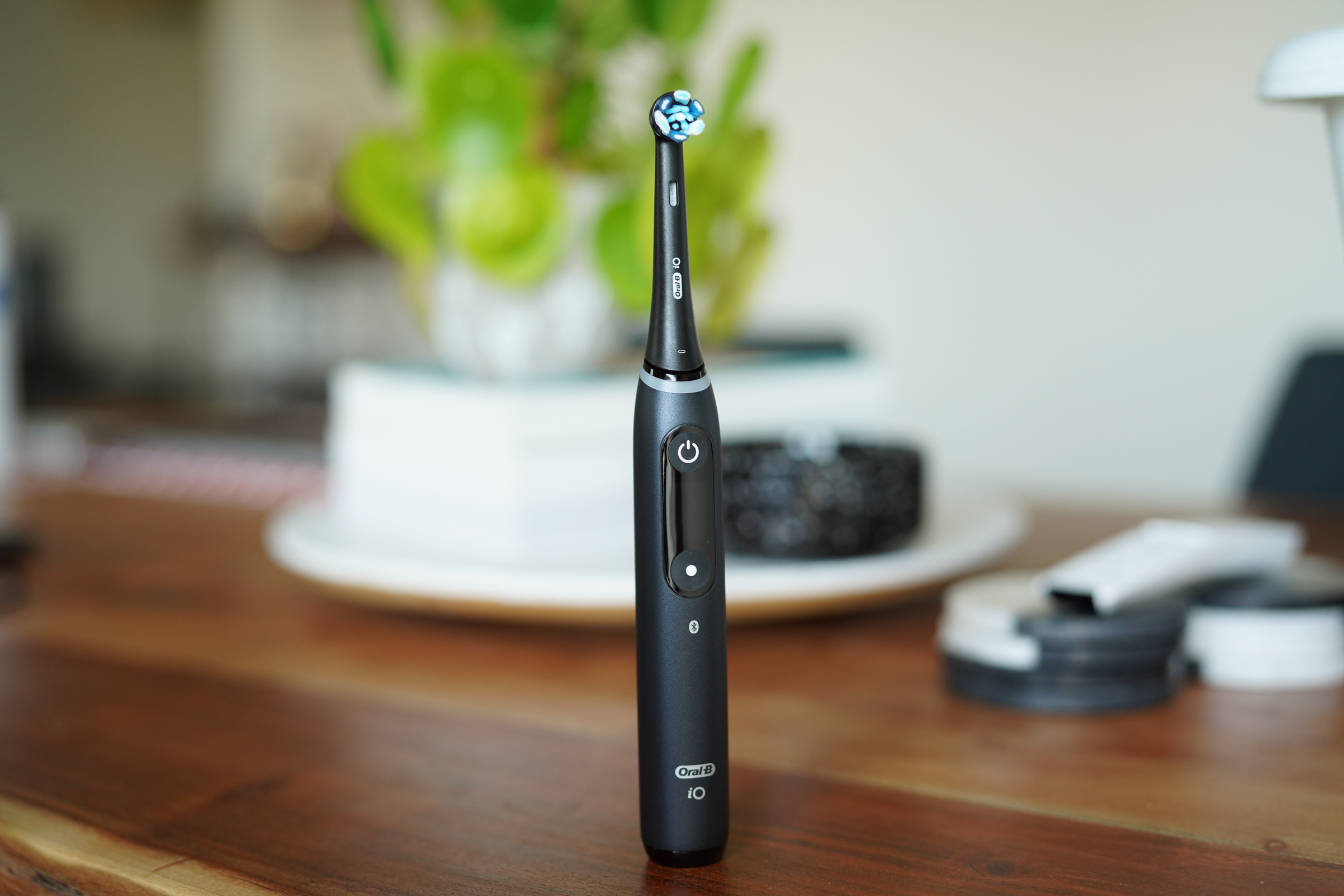 The iO Series includes different accessories and equipment depending on which version you get – Oral-B provided the Series 8, which includes the toothbrush, a charger, two replacement heads and a carrying case. The different Series’ also include different features – the Series 7 is the most affordable, but lacks the Sensitive+ brushing mode on the Series 8, while the top-end Series 9 is the only one that includes a dedicated tongue brushing mode.
The iO Series includes different accessories and equipment depending on which version you get – Oral-B provided the Series 8, which includes the toothbrush, a charger, two replacement heads and a carrying case. The different Series’ also include different features – the Series 7 is the most affordable, but lacks the Sensitive+ brushing mode on the Series 8, while the top-end Series 9 is the only one that includes a dedicated tongue brushing mode.